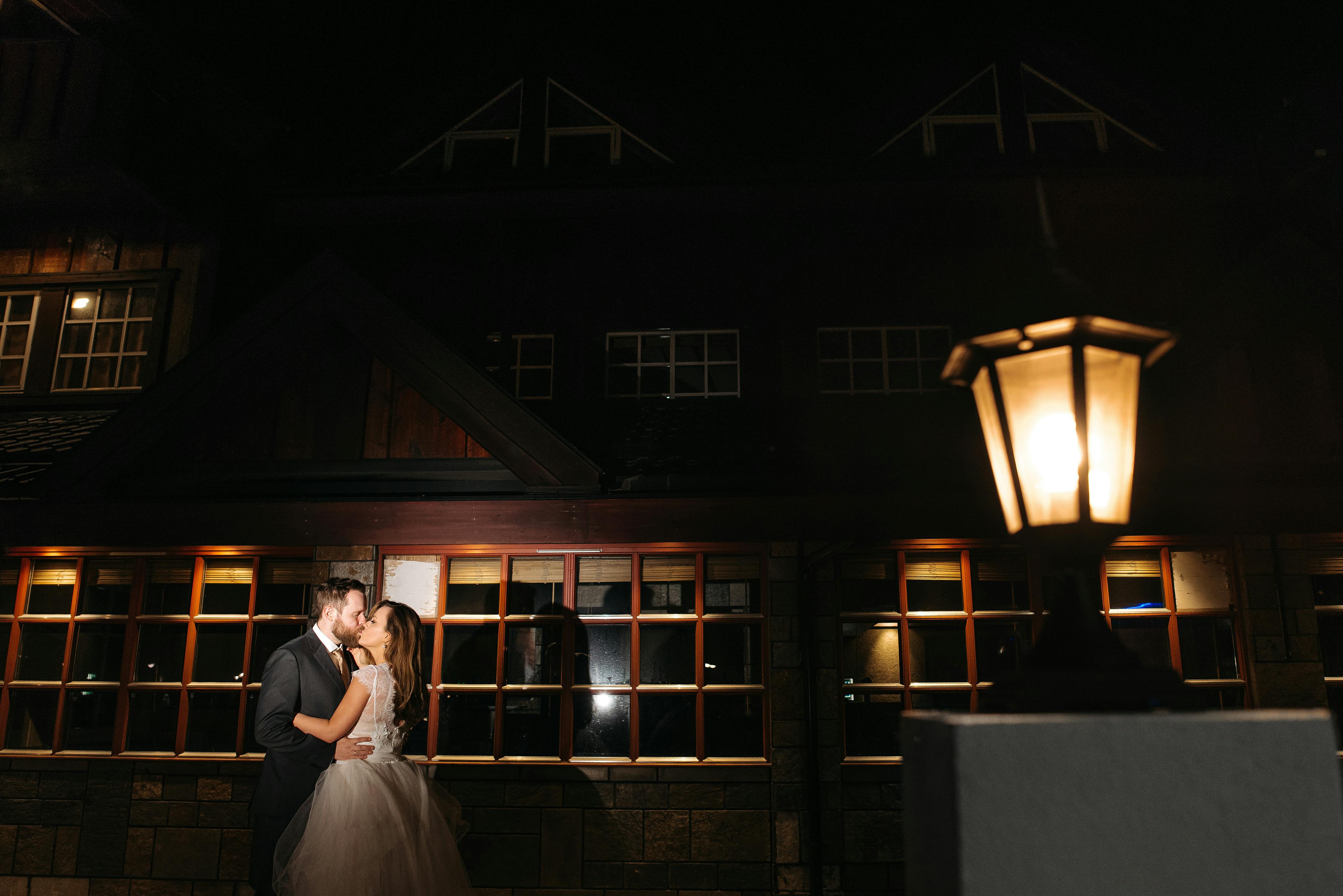William “Boss” Tweed was so extravagantly a corrupt politician that what he did in elected office in New York City was almost too devilish to believe. He stole so much cash from New York City’s coffers that, by 1870, Tweed had become the third-largest landowner in the entire city.
William Tweed, a third generation Scots-Irish, was born on April 3, 1823 at 24 Cherry Street on the Lower East Side. His father was a chair maker, and young Tweed grew weary of following in his father’s footsteps, but the allure of the streets was too much for him. He ran with a motley crew of juvenile delinquents called the “Cherry Street Gang”, who wreaked havoc on local merchants, stealing their wares and selling them on the street’s black market. Soon Tweed became the head of the “Cherry Hill Gang”, and he (like most gang members of that day) joined various volunteer fire companies, which were a springboard for men with high political ambitions. Tweed helped found American Fire Engine Company No. 6, which was called the Big Six. During his time in the volunteer fire business, Tweed forged friendships with people of all backgrounds; Irish, Scottish, German, anyone who could help him up the public service ladder, with one thing in mind, steal often and steal big.
In 1850, Tweed ran unsuccessfully as an assistant alderman on the Democratic ticket. But a year later he was elected Councilor, an unpaid job, but with unlimited power for anyone smart and corrupt enough to take advantage of it. Within weeks of becoming Alderman, Tweed brokered a deal to purchase land on Wards Island for a new potters’ field. The asking price was $30,000, but Tweed paid $103,450 of city money for the land, then split the difference between himself and several other civic-minded elected officials.
In 1855, Tweed was elected to the town’s electoral board, which was another source of income for the greedy Tweed. He sold town textbooks for his own benefit and sold teaching jobs to whomever he had the money to buy one for. On one occasion, he sold the teaching position to a disabled teacher for $75, even though the job only paid $300 a year. In 1857, Tweed was appointed to the New York County Board of Supervisors, propelling Tweed into a much more profitable form of robbery. He formed what became known as the “Tweed Ring”, which was nothing more than Tweed and his friends controlling all jobs and work permits throughout New York City. All the contractors, craftsmen, and merchants who wanted to do business with the city had to shell out cash, and they shelled out a lot. It is estimated that Tweed’s board of supervisors pocketed 15% of every dollar spent on construction in New York City.
Regarding Tweed and his cronies, the American lawyer and chronicler George Templeton Strong wrote in 1860: “Our city government is rotten to the core.”
By 1865, Tweed’s wealth had reached impressive proportions, as had his girth. Standing 5 feet 11 inches tall, Tweed’s weight increased to 320 pounds. His eating reputation was legendary and he consumed huge amounts of the best foods. He flooded the city like a whale out of water, with a huge diamond stuck right in the middle of his elegant shirt, letting out his tremendous wealth.
It is estimated that between 1865 and 1871, the Tweed gang stole up to $200 million from the New York City treasury. They did this by overbilling the city for everything imaginable. They paid $10,000 from the city coffers for $75 worth of pencils; $171,000 for $4,000 worth of tables and chairs, and $1,826,000 for plastering a municipal building that cost only $50,000 to plaster. Tweed also granted citizenship to more than 60,000 immigrants, none of whom could read or write, but who could vote for Tweed and his minions on Election Day.
Tweed’s downfall began on December 25, 1869, when Harper’s Weekly published a cartoon of Tweed and his gang smashing a huge box, with the headline “Taxpayers’ and Tenants’ Hard Cash.” Upon seeing the cartoon, Tweeds reportedly said, “Put those damn pictures down. I don’t much care what the papers say about me. My constituents can’t read, but they can’t help but look at those damn pictures!”
With pressure mounting to reveal the extent of Tweed’s corruption, a blue-ribbon panel, headed by future presidential candidate Samuel J. Tilden, was formed to investigate New York City’s financial documents. When the books were checked, it was discovered that the money had gone directly from the city contractors into Tweed’s pocket. The next day Boss Tweed was arrested.
His first trial, in January 1873, ended with a split jury, a jury many thought was bought with Tweed’s money. But in November of that same year, Tweed was convicted on 204 of 220 counts and sentenced to 12 years in prison. He was incarcerated in Ludlow Street Gaol, but was allowed home visits. During one of those visits, Tweed fled the country and traveled to Spain, where he worked as a sailor on a commercial ship. He was recognized, because his photo appeared frequently in the newspapers, and he returned to America. He was re-incarcerated in Ludlow Street Gaol; this time no home visits allowed.
On April 12, 1878, Boss Tweed died in Ludlow Street Gaol from a severe case of pneumonia. He was buried in Brooklyn’s Greenwood Cemetery, and because of Tweed’s extravagant betrayal, New York Mayor Smith Ely did not allow the City Hall flag to fly at half-mast in Tweed’s memory.
No one could explain what happened to Boss Tweed’s large amounts of ill-gotten gains, as there were no reports of a Wells Fargo stagecoach following his horse-drawn hearse.
